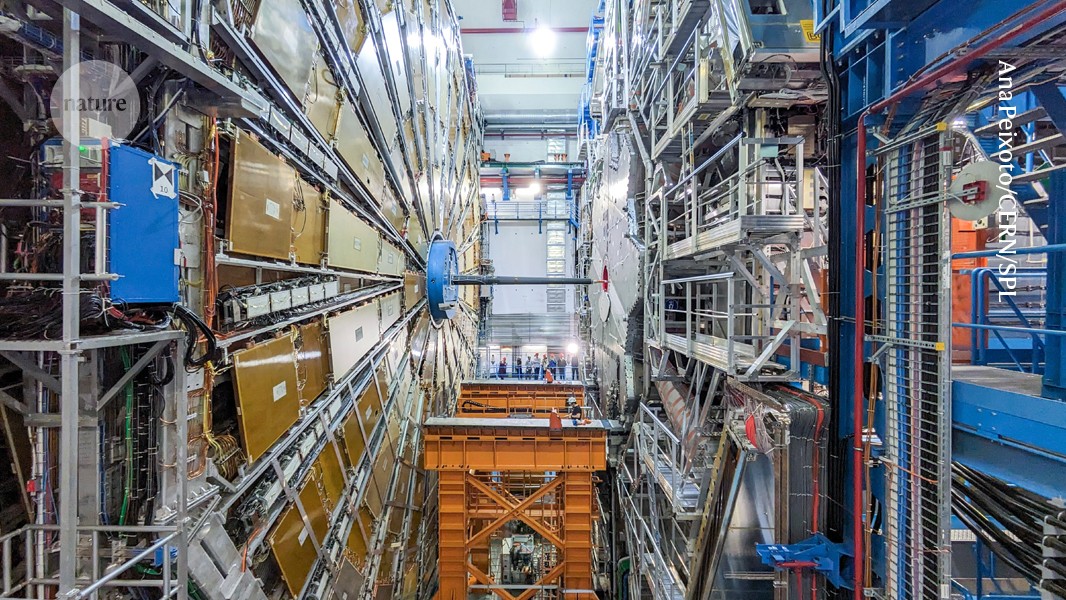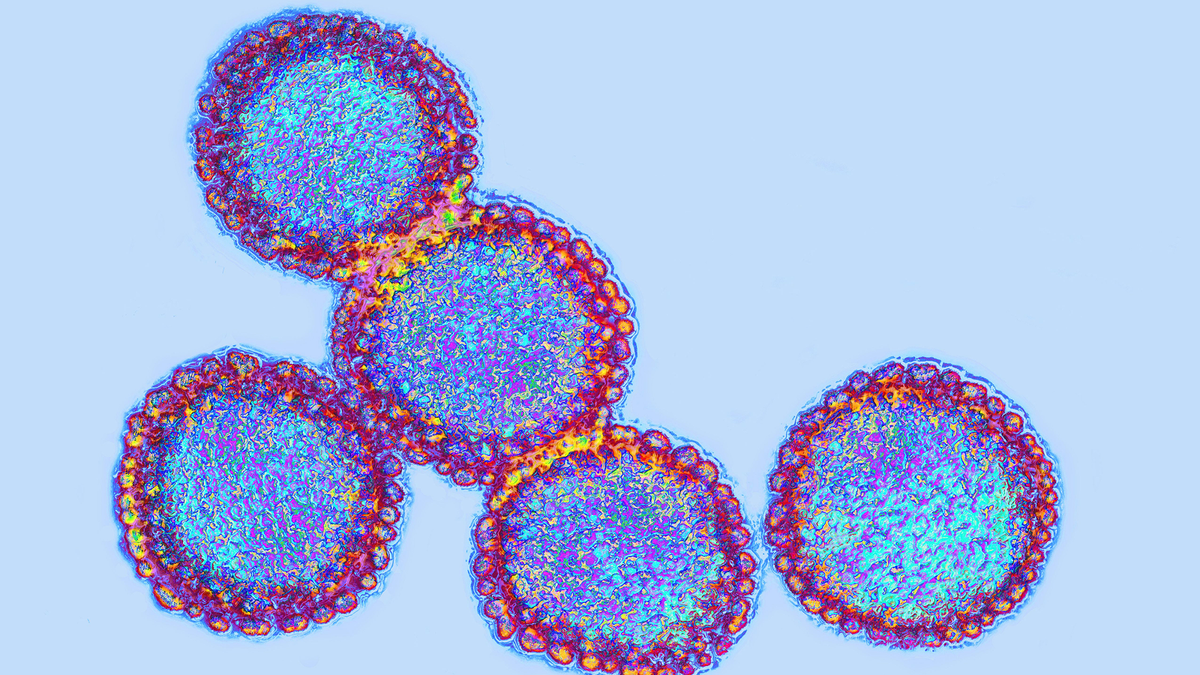
WWW.VOX.COM
Oops, we accidentally drugged the world’s fish
For those of us with anxiety (hello!), the class of prescription drugs known as benzodiazepines, or benzos, can be a boon in times of crisis. Though they are addictive, they’re pretty good at chilling us out. But it turns out that by drugging ourselves with these pills, we are inadvertently drugging wild animals as well. Especially the ones that live in water. Our bodies don’t absorb 100 percent of the drugs we ingest, so traces of them end up in the toilet. And because sewage treatment plants usually can’t filter them all out, those compounds ultimately end up where treated sewage is released — in rivers, lakes, and coastal habitats. This means that fish and other aquatic critters that live in these environments are, for better or worse, exposed to our meds. Basically fish are on drugs — our drugs.What, exactly, does that mean for wildlife? That’s what a relatively new field of research is trying to figure out. And a study just published in the journal Science offers some compelling clues. The authors gave young Atlantic salmon in Sweden a dose of clobazam — a benzo used to treat seizures and anxiety that’s often found in wastewater — equal to what some fish might naturally be exposed to in streams. Then they monitored what the drug did to the fish as they migrated, as young salmon do, from a river out to the Baltic Sea. Dalälven, the river in Sweden where the study took place. Michael BertramMarcus Michelangeli, a study co-author. Michael BertramRemarkably, the study found that more of the salmon on benzos made it out to sea than those that were drug-free, perhaps because they were more likely to survive the journey. The clobazam fish also passed through obstacles along the way — two hydropower dams — at a faster clip. These results highlight a strange irony: Humans have made the world more stressful for all kinds of animals by, for example, destroying their habitat and damming up rivers. At the same time, we’re flooding the environment with mood-changing meds. Is that somehow helping them cope? Our meds are their medsPretty much everywhere scientists look for drugs in the water, they find them. Caffeine. Metformin. Antidepressants. Antibiotics. Birth control. Tylenol. Basically, if we use a lot of them, they’re part of aquatic habitats. Thankfully, they appear in low enough doses that if you, say, chug a glass of river water those chemicals are not likely to affect you (again, for better or worse). Most fish, however, are much smaller. And previous research shows that these micro-doses can influence them in serious ways.A seminal 2007 study, for example, showed that small amounts of synthetic estrogen — a common ingredient in birth control that often makes its way into the environment — can “feminize” male minnows. This means they can produce early-stage eggs in their testes, essentially becoming intersex. That ultimately impairs their ability to mate and can, as the study showed, cause fish populations to collapse. A fathead minnow. TroutFodder/Getty ImagesResearchers have also shown that male fish exposed to estrogen struggle to build nests and put on courtship displays for females.Trace levels of antidepressants, like fluoxetine (Prozac) and sertraline (Zoloft) affect fish behavior, too — sometimes in bizarre ways. I came across one study linking fluoxetine exposure to larger “gonopodium” size. That’s basically a fish penis. The drug can also “increase male coercive mating behavior,” the authors wrote. A study on sertraline, meanwhile, suggests the drug can make fish less anxious and more likely to take risks and explore. Some research on the benzo oxazepam has similarly been shown to make fish bolder. Oh, and I also found some interesting experiments with metformin, which is used to treat Type 2 diabetes and thus one of the most widespread drugs in wastewater. A 2018 paper suggests that when Siamese fighting fish — like the betta fish you can buy at pet stores — are exposed to levels of metformin that have been found in the environment, they become less aggressive. Fighting fish, fighting less! “Subjects exhibited less aggression toward a male dummy stimulus,” the authors wrote. Over the last two decades scientists have turned up plenty of evidence that drugs in our wastewater alter the lives and behavior of fish (and some other animals). The problem is that most of these studies are done in labs, in fish tanks, and not in the wild. So they don’t tell us much about what this means for animals in the real world, many of which are threatened with extinction, including some populations of Atlantic salmon. That’s what makes this new study so useful — and frankly, impressive. More drugged salmon make it out to seaAtlantic salmon, if I may say, live remarkable lives. They’re born in freshwater streams and then, as young, go through a number of physical transformations before migrating to the salty ocean in a process that can cover thousands of miles. After living their lives at sea for a year or more, they’ll swim back up river — typically in the same river they were born in, relying on some magical-sounding navigation skills — to have babies and produce the next salmon generation. Even in historic times, this life was probably stressful. All that travel. Swimming through rivers full of predators. Yikes! Humans have only made it harder. We’ve installed dams that fish have to navigate; there are more than 7,600 dams in Sweden alone. We’ve heated up the ocean and streams, which can deprive salmon of oxygen. We fish the hell out of them. And of course, we’ve polluted their habitat. Key, here, is that some of that pollution consists of drugs specifically designed to make humans less anxious. Authors of the new study wanted to figure out whether they might have a related effect on fish — and, importantly, what that means for their arduous journey. The researchers’ methods were somewhat bizarre: They collected dozens of young wild salmon from a hatchery along the Dalälven, a river in Sweden, and inserted medical implants into their flesh. Some of those implants slowly released drugs — including the benzo clobazam — at a level akin to what they might be exposed to in the wild. (The researchers didn’t detect clobazam in this particular river.) Other implants were essentially placebos, meaning they didn’t release anything. The team also performed surgeries on the fish to insert miniature devices that emit sound; those sounds can be picked up by underwater microphones that were placed along the river to track each individual fish. (How do you do surgery on a fish? You sedate it and run water over their gills while you’re operating.)Then they released the fish back into the river — which has two hydropower dams downstream — and tracked their journey to sea. A dam in Dalälven River. Rebecca ForsbergAs they discovered, the fish drugged with clobazam were more likely to make it to sea compared to those that were drug-free. It’s likely that more of the undrugged salmon died on their journey or were otherwise slowed down, said Jack Brand, the study’s lead author and a researcher at the Swedish University of Agricultural Sciences. This might be because the benzos made the fish less social — less likely to school in the face of predators — and more likely to take risks, he said. Those traits can be helpful for navigating downstream. Solitary fish tend to move faster, Brand told me. And with benzos in their system, they may be less afraid to swim through a dam. “These drugs can be used in humans as anti-stress drugs,” Brand said. “You can imagine passing through a hydropower dam — these are big dams with big turbines — is a fairly stressful event for a small fish. And usually what you find is that lots of predators hang around these areas. Maybe it’s helping the fish recover from stress faster.”Outside experts I talked to mostly agree with his interpretation — that the clobazam likely made the fish less risk-averse. “It probably was because they were more bold than the other fish, which were kind of shy and hanging together,” said James Meador, an affiliate professor at the University of Washington who has spent years studying how pollutants affect fish. He was not involved with the research. “Even in the presence of predators, I guess they really weren’t too concerned.” This is pretty wild to think about. When these fish encounter stressful situations, trace levels of human anti-anxiety medications — which are, to be clear, pollution — may be sort of chilling them out. So, drugs: good? Are drugged salmon better off? At face value, it seems like a little dose of clobazam can help these fish out with their stressful lives, not unlike it may do for some of us.But, as I was told, that is very clearly the wrong takeaway. Salmon leap out of the water in the Ettrick, a river in Scotland. Jeff J Mitchell/Getty Images“We think that any changes to natural behavior are likely to have potential negative consequences,” Brand said.Such as? Fish on clobazam are less likely to school, or group together, which is an anti-predator response. So even though they appear better at navigating the river — and less likely to be eaten during their seaward migration — it’s possible that they may be more prone to getting killed at sea. We just don’t know. (Some past research shows that young salmon exposed to a much higher dose of a different benzo — oxazepam — were more likely to be eaten by predators during their downstream migration.)“The definition of pollution is that it causes harm,” said Karen Kidd, an ecotoxicologist at McMaster University in Canada who was not involved in the new Science study. “There are still many unknowns, such as whether it influences their survival in the ocean or their ability to return to spawn in the river as adults.”In other words, while it’s not clear exactly how clobazam is shaping salmon populations, it is influencing the complex behavior of a species — and its relationships in a food web balanced by millennia. That alone is cause for concern: It’s another way we’re messing with nature. And clobazam is just one of the thousands of prescription drugs worldwide. That leads me to the last point: We’re pumping out more and more chemicals every year and scientists still don’t understand how most of them — there are tens if not hundreds of thousands — affect the natural world. “If society values clean water, then we need to understand the consequences of chemicals that we put in the natural world,” said Bryan Brooks, an environmental scientist at Baylor University, who was not involved with the new research. The bottom line, he added, is that “if we put stuff in the environment, we need to understand what happens to it.”Today roughly a quarter of freshwater wildlife is in decline and at risk of extinction. Most of the threats they face are visible — dams, the destruction of habitat, invasive species. Our drugs are almost certainly another serious threat, though it’s one we can’t see and poorly understood.“Pharmaceutical pollution, or chemical pollution in general, is really this invisible agent of global change,” Brand said. “It’s probably posing a greater risk than at least what the public acknowledges. This is a potentially significant threat to our aquatic wildlife.”See More:
0 Σχόλια
0 Μοιράστηκε
80 Views












